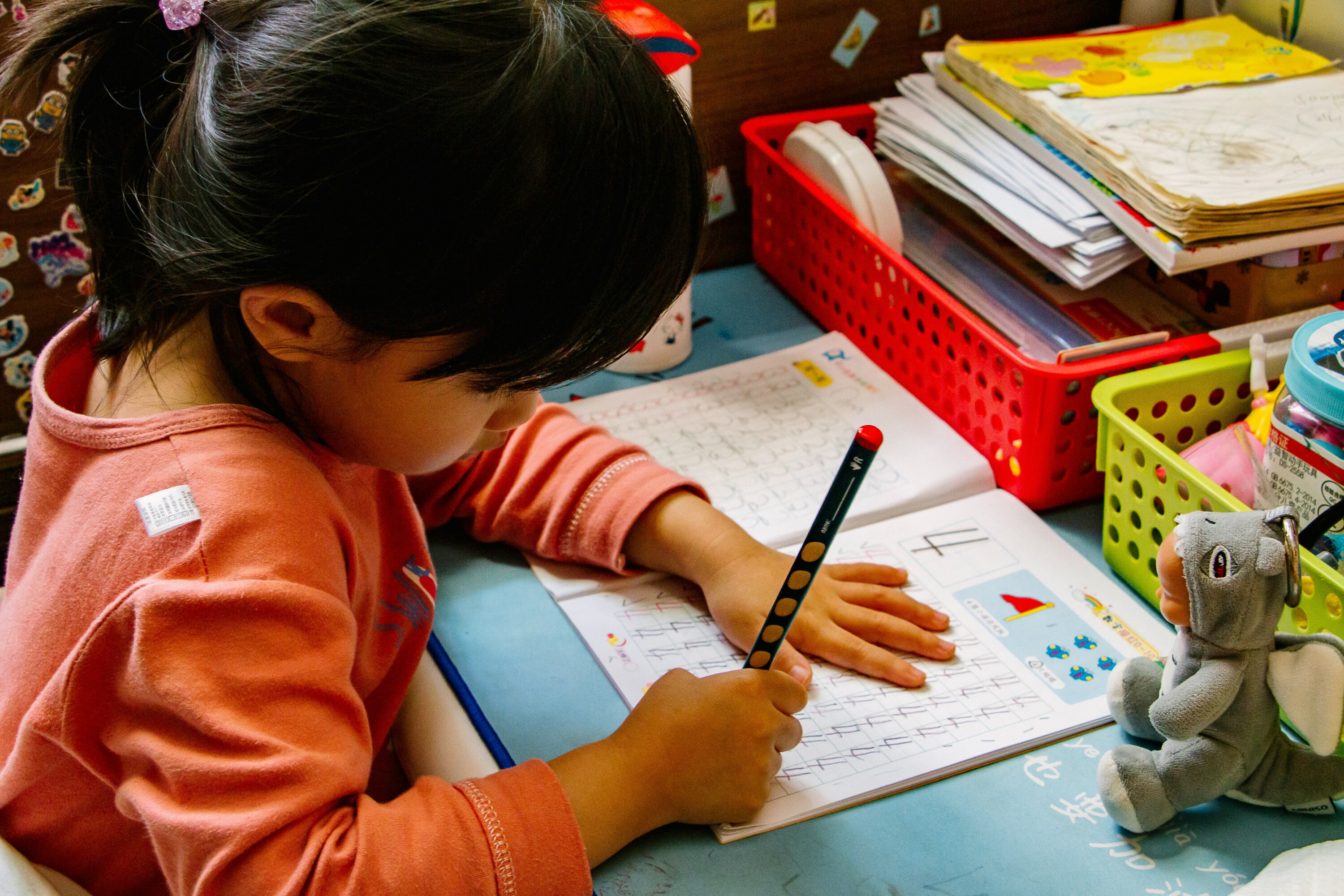Children are doing it for themselves: Choice, interest and agency in early number learning
Catherine Gripton, Associate Professor
Young children have an innate propensity to engage in mathematical thinking. From the earliest stages, they recognise and predict from familiar patterns, they are keenly attentive to changes in amount and they experiment with fitting objects (or themselves) into spaces. Research tells us that number understanding, patterning and spatial reasoning are early predictors of later mathematics attainment meaning their sustained development in early childhood education is important. The foundational concepts involved are often termed ‘the basics’ but teaching these to young children is certainly not simple.
As early childhood professionals know all too well, teaching ‘the basics’ in number is so much more complex than telling children about numbers or showing them how to solve number problems. It involves an appreciation of how a child’s understanding of number has developed to this point and how it might develop next. Professionals working with the youngest children require knowledge of developmental progression in the various facets of early number (such as counting, subitising, comparison and composition), but they also need something else. They need to know about the child’s mathematics. As Anne Watson points out in her book ‘Care in mathematics education’, we need to work with the mathematics that children bring into the educational space. I see this as the child’s mathematics, a medley of the culturally located mathematics they have learned and are interested in, alongside their ways of being mathematical which are socially situated (how they do mathematics and how think mathematically). These mathematical behaviours are important and, of course, continually developing as they interact with others and the world around them.

I would argue that, in early childhood education, we should be building on the child’s mathematics rather than seeking to replace it. This principle underpins Counting Collections, an approach to early number teaching that colleagues and I have been working on for a while.
At the Observatory for Mathematical Education, we explore a range of ways to understand and improve mathematics education for learners from early years to postgraduate education, so the promise that Counting Collections shows for young children’s number learning is exciting for us. The approach involves children choosing a collection from a counting library (sets of boxes containing everyday objects and tools to help with counting, such as frames, pots and mats). In pairs, the children decide how they will count the objects, perhaps by lining them up, grouping them or placing them on number frames. The pair then counts the objects (often counting several times) and individually record how many there are pictorially (and also symbolically, as appropriate). These four elements comprise a routine which becomes familiar to the children, supporting them to follow and develop individual and shared interests.
In Counting Collections, children have agency in number learning, making choices about what and how they count, as well as how they record this. In doing so they are required to draw upon the existing ways of perceiving and working with number that are familiar to them (the child’s mathematics), externalising these through manipulating objects and communicating with a partner. Over time, they learn from each other’s approaches as well as from reflecting on their own. This is particularly important for children who may have fewer experiences of number to draw upon, increasing the opportunity for and visibility of ways of perceiving and working with numbers. Children begin to move away from more familiar methods and collections that they feel secure with to try new ones, building on but extending their mathematics.
We are currently trialling Counting Collections in a randomised-controlled trial for Reception classes (4-5 years) with the Education Endowment Foundation. The results are due to be published next year.
Author information
Cath is an Associate Professor in the School of Education and works in the Observatory for Mathematical Education.
Observatory for Mathematical Education team
Observatory for Mathematical Education on LinkedIn.
Counting Collections.